Hello again!
This is Everything Is Amazing, a newsletter about this, arranged like that. The great William Arthur Ward famously said, “The mediocre teacher tells, the good teacher explains” - and let me tell you, my friend, today’s installment is a real treat.
But first, here is a clickable button, into which I have invested rather too much of my fragile emotional wellbeing:
Right then. Let’s dim the lights and get started.
It’s December 4th, 2016, and American chess Grandmaster Timur Gareyev is dozens of moves into a game against his human opponent.
The next piece is repositioned, and Gareyev waits for someone to tell him what just happened. He has no choice here. He can’t see the board, or his opponent, or anything - because there’s a blindfold over his face.
The only time he saw the board was right at the beginning, before the first move was made. Everything from then until now has relied on Gareyev’s imagination working in tandem with his astonishing memory.
Having been told what his opponent’s move was, Gareyev updates his inner imaginary chess board - and then moves to another game entirely. Now he’s up against someone else, in a different game that’s been going on just as long as the last one.
And after each player makes their move, the same happens again.
And again.
This isn’t a new thing for Gareyev. In Texas in 2012, he blindfoldedly squared off against 19 opponents at the same time. In December of the same year in Hawaii, he pushed this up to 27 opponents (this time done in stages), and in May 2013 in St Louis, he did it against 33 other chess players. These were all good chess players, mind. When you’re making a record-breaking attempt, the players you face have to be up to a certain standard.
But this time, he’s really going for it. Starting at 8.30am in a room on the campus of the University of Nevada, Gareyev has been playing chess simultaneously against 48 opponents without being able to see any of their moves: 43 players in the room with him, and a further 5 players who are participating virtually. The existing world record is 46 simultaneous games blindfolded. He’s aiming for two boards better than that.
Will he beat the record?
Whenever you read stories like Gareyev’s, about seemingly superhuman feats of physical or mental prowess, they’re often delivered in inspirational terms. So-and-so did such-and-such thing, and since they’re only human like you are, anything is possible. Go shoot for the moon!
This is essentially correct, partly because we rarely know what we or anyone else are actually capable of.
(Take the fascinating study of “sweat science,” the study of pain’s role in endurance sports. To us non-athletes, pain usually seems like the body’s way of yelling STOP NO WHAT THE HELL STOP DOING THAT ARE YOU AS DUMB AS A ROCK? Surely pain is a sign you’ve hit your limits? Well, no - in fact you’re probably nowhere near them. Listen to that podcast episode I link to up there, it’s fascinating.)
But also, stories like this usually gloss over the bloodcurdling investments in time, energy, concentration and self-imposed misery that precede such feats. That hard work is implied, sure. But it’s a harder sell as a narrative. You too can live your dreams, just by doing this reasonably uninspiring thing at least 50,000 times with highly infrequent meaningful validation over the next twenty-ish years.
Instead, I would like to take the Tools Of Titans route here - to look at this story and suggest it says something amazingly useful that we can bring into our own lives. And this nugget of amazing-usefulness wasn’t even in the original story I read about Gareyev. I stumbled across it on a chess enthusiast’s website, delivered as something of a no-brainer that everyone within the sport knew already.
Here’s a picture of Gareyev midway through his record attempt:
Yes, he’s on an exercise bike.
And Timur Gareyev mostly definitely does not have the stringbean musculature of the stereotype weedy, bookish chess nerd:
This is entirely logical. Gareyev completed his final game at 3.39am on Sunday morning, an almost unbroken run of 19 hours and 9 minutes of nonstop blindfolded chess-playing on 48 different fronts - an incredible feat of strength and stamina, up there with ultramarathon running and planking nonstop for 8 hours (no, that’s not a typo, you’re safe to click).
Professional chess players already know how important it is for them to stay fit. To everyone else, the idea of ripped, chiseled Grandmasters comes as a surprise - and more fool us, to be honest. It should have been obvious.
But this example has wider implications, and makes me think about my time studying Archaeology at a university.
For the theoretical, classroom-based parts of our course, we’d file into lecture halls, the kind that are recognisable the world over.
And then we’d sit, almost motionless, for hours, trying to crank our brains up to their highest state of activity.
I understand why it’d be deemed impractical - eg. the cost, and the prejudiced ableism implicit in such a blanket approach, and so on - but why not get those learning students on exercise bikes instead? Or treadmills? Or doing something that gets their heart-rates up to a higher level?
(Keep your thoughts out of the gutter, please. This is a PG newsletter.)
All this is important because of how our minds actually work. Regarding learning, what we call “the thinking brain” is not just the complex, 3lb mass of salty water and wrinkly tissue inside our skulls that looks like it’s been in the bath too long and won’t allow us to tickle ourselves. (Try it! Hard proof that human evolution lacks a sense of fun.)
Instead, we learn with our entire central nervous system, for which the brain works as a kind of data processing centre. You may as well say “we learn using our whole bodies.” So it stands to reason that anything that gets our blood pumping a bit harder is going to help the many places where a lot of that blood goes - including the headquarters of our mind, just behind our eyes.
So far, so obvious. There’s plenty of anecdotal evidence for the benefits of walking for creative thinking - for example, the “walking meetings” of Steve Jobs.
But Gareyev’s example suggests something else - that exercise helps us remember stuff better.
For his world record challenge, Gareyev was using both his short-term and long-term memory in ways few of us will ever achieve:
Gareyev’s main strategy…was finding ways to make each game stand out in his mind. “I try to create a story,” he says. That way when he got back to a board, sometimes approaching an hour since his last move, his brain had something to latch onto.
He did this with a combination of symbols from memory palace training; spontaneous, abstract imagery; and freeform associations tied to board number, player name, and his mental image of each opponent.
“If it’s board number 13, maybe I’ll play something risky because it sounds unlucky. Or board 21, that’s like blackjack so it has to be some kind of gamble,” he says. “If board 14 is a little boy and he plays Scandinavian, then that’s a theme. I capture a piece, it could be like a burst or a diagonal shape or I could see water flowing based on the theme.”
But it didn’t always go to plan:
On board 18, facing one of the least experienced players at the exhibition, he got off track when she didn’t move her knight away from an attacking pawn. By the time he got back to that board, he assumed her knight must be somewhere else - and then for a while he couldn’t figure out what was happening in that game. “I literally blanked and then I was like what happens here?” he says. “I couldn’t figure out [what was happening] all the way until the middle game when I lost a piece.”
- from “Blindfold Chess King Reveals His Memory Tricks,” Inverse
But at every stage there was the exercise bike, keeping his whole body in a state of sweaty excitement - and keeping his mind racing fast enough to overcome the catastrophic effects of sleep deprivation.
In this way, he was able to implant short-term memories in a way that stuck, and access deeper, long-term memories that told him how to play chess, comprised of thousands of games broken into smaller patterns of the boards, like pieces of a jigsaw.
No doubt about it. He’s a true mental athlete.
But you can do something like this too. You do it all the time.
You’re doing it right now.
Take the following image:
I hope you laughed. I certainly did. (It might take a second.)
This is funny because of our amazing, amazing ability to recognise an alternate meaning of a word, and then use it to recontextualise an entire sentence, fast enough to be of practical use. It’s a staggering feat of recall - and yet we don’t even have to think about it. It just kind of happens.
This is because we’ve been practicing this particular skill, speaking a language, for almost our entire lives. We’ll never have the time available to make that deep an investment into our memory-banks ever again. And this is a quiet tragedy, when you consider the energy spent desperately taking photos to serve as later prompts for our memories - even though there’s good evidence that photo-taking may actually diminish what we remember. (Thanks to Candace for that link there.)
So we need an accelerant - something that speeds up the whole process. And, obviously, we need something that actually works.
Exercise seems to fit the bill nicely: here’s the New York Times summing up some recent research on it. So does sex, which is arguably the most fun kind of exercise. And chocolate, of course. And a whole bunch of other nice-feeling things.
But applied curiosity seems to do it too - which was not something I was expecting when I first started looking into all this.
The common factor here is the triggering of dopamine: the neurotransmitter that seems to regulate feelings of reward (aka. satisfied pleasure), motivation, memory and attention. A burst of exercise will give you a big squirt of dopamine that seems to make it easier to use your hippocampus, the part of your brain most strongly associated with learning and memory.
And it appears that a lusty dollop of curiosity will do much the same thing.
(An interesting thing about the hippocampus: it’s so sensitive to stress that in cases of major depression, it’s been seen to shrink in volume by as much as 20%. Remember anhedonia, the state of chronic incuriosity that is a symptom of depression? It doesn’t seem like a leap to suggest that losing the ability to enjoy your surroundings also carries with it an increasing risk of long-term memory loss and impaired memory formation in the present.)
Okay then. That’s a lot of sciencing scienced. Let’s take a breather and recap.
Firstly, if increased physical exertion is linked to better memory formation and better thinking in general, then I would like to put forward the following wholly unoriginal, egomaniacally-named working principle for your consideration:
Sowden’s Second Law Of Curiosity:
“To learn better, break a sweat.”
If you want your brain to get to work, get your body to work as well. You could even consider your normal heart rate a guide to getting your learning brain into gear - say, anything that pushes it 20% above your average resting rate, putting you into a good state for learning something new or working with your deeper memories.
Secondly, “trying lots of different stuff for no damn reason” (aka. my First Rule Of Curiosity) seems to have the potential for making your memories a hell of a lot better - making them richer, and making them stick.
And as happy serendipity would have it, just as I was putting together this newsletter, my friend Audrey tipped me off to a piece just published a few days ago:
“Based on everything we know about the brain, two of the things that are really good for it are physical activity and novelty. A thing that’s very bad for it is chronic and perpetual stress.”
- “Late-Stage Pandemic Is Messing With Your Brain” - Ellen Cushing, The Atlantic
So I couldn’t have wished for a more validating segue (or bigger spike of self-congratulatory dopamine) - or a clearer mission statement for this newsletter going forward. Not only can curiosity clearly improve your experience of the world in a lot of unexpected ways, it also looks like a pretty solid method of unf***ing your brain after a worldwide pandemic.
That feels like a lesson worth learning. What say you?
Images: Jeswin Thomas; Lennart Ootes; Xbxg32000 at Wikimedia Commons; Despair; Bruno Nascimento; Heather Barnes; Tibor Janosi Mozes


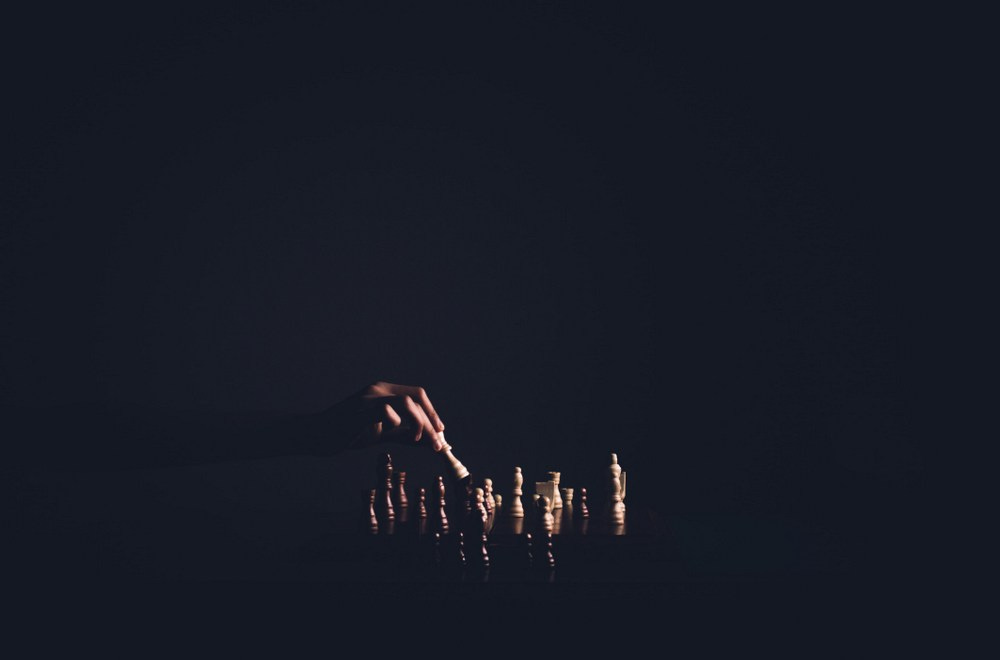
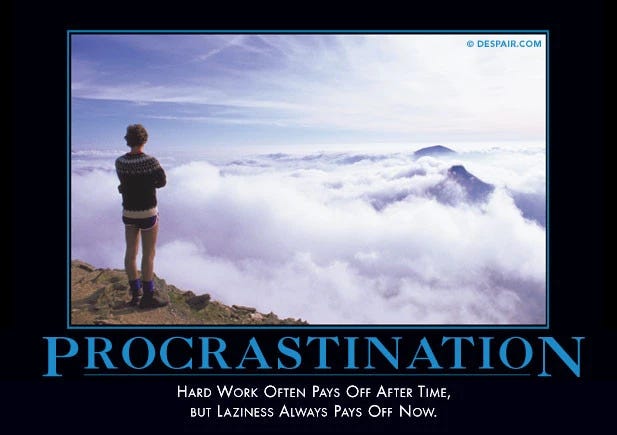
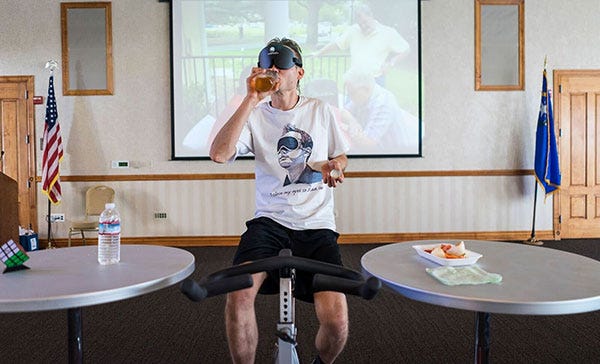
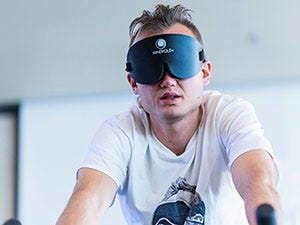

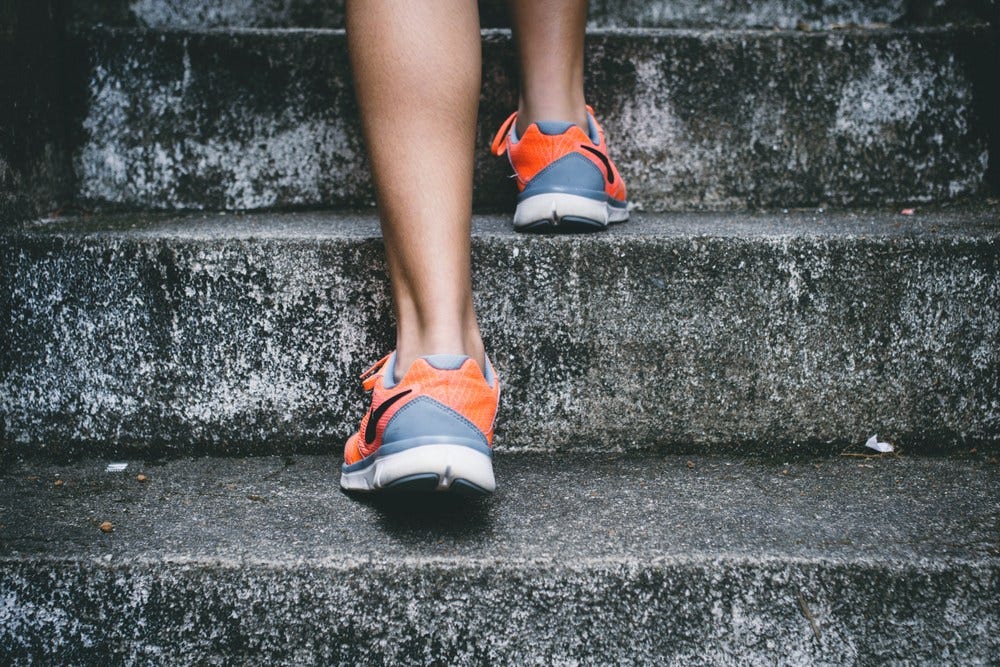


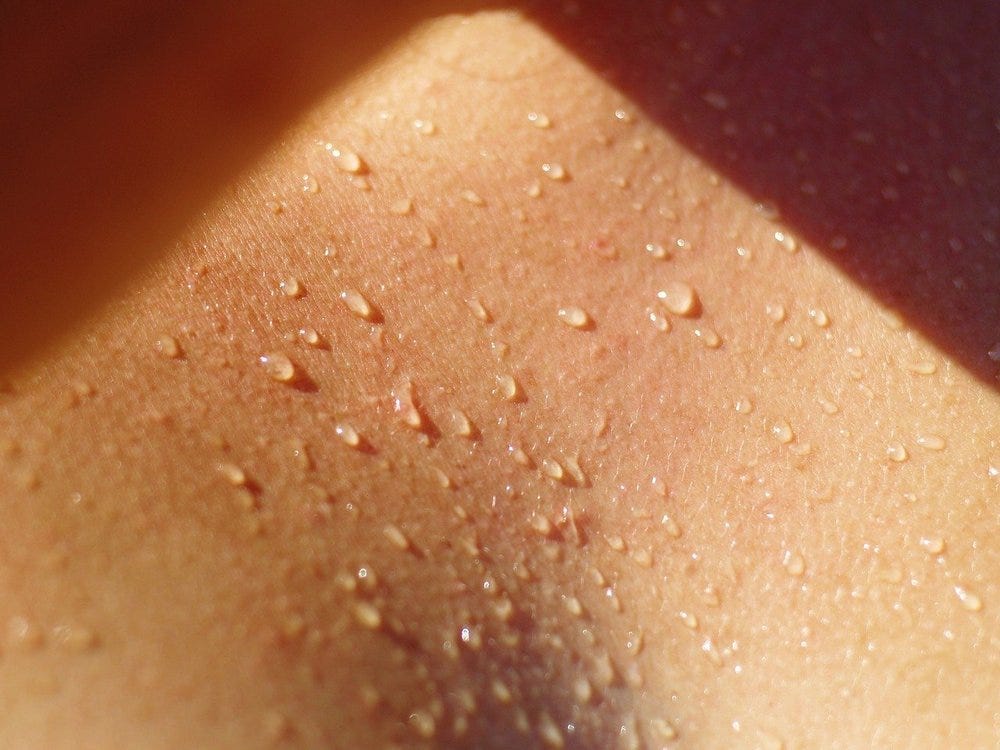
So... make memories sticky by pairing them with things that feel good and trigger the hippocampus - exercise, horniness, chocolate, and curiosity.
I read an article about how celebrating absurdly small wins is the way to set a new habit, in a way that simple repetition doesn't actually do (though we think it will.) https://ideas.ted.com/how-you-can-use-the-power-of-celebration-to-make-new-habits-stick/
Hilariously apt! "But also, stories like this usually gloss over the bloodcurdling investments in time, energy, concentration and self-imposed misery that precede such feats. That hard work is implied, sure. But it’s a harder sell as a narrative. You too can live your dreams, just by doing this reasonably uninspiring thing at least 50,000 times with highly infrequent meaningful validation over the next twenty-ish years."